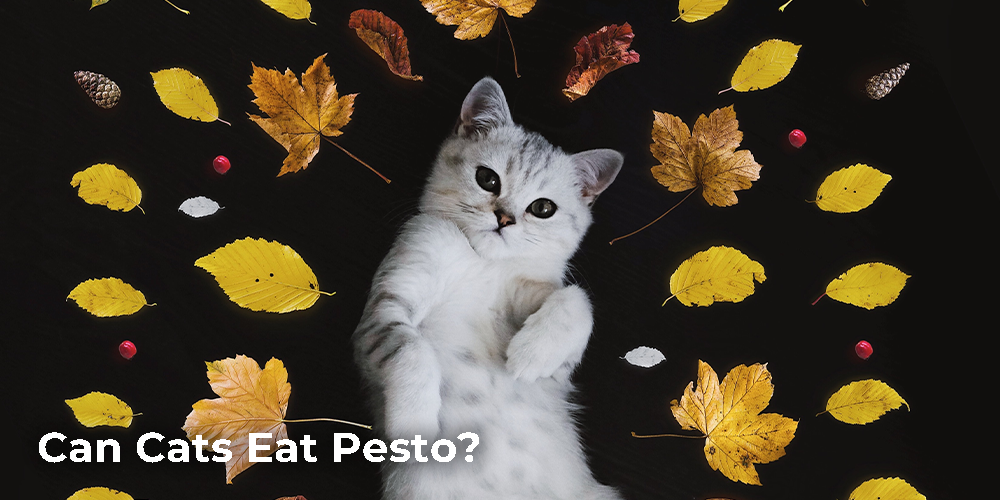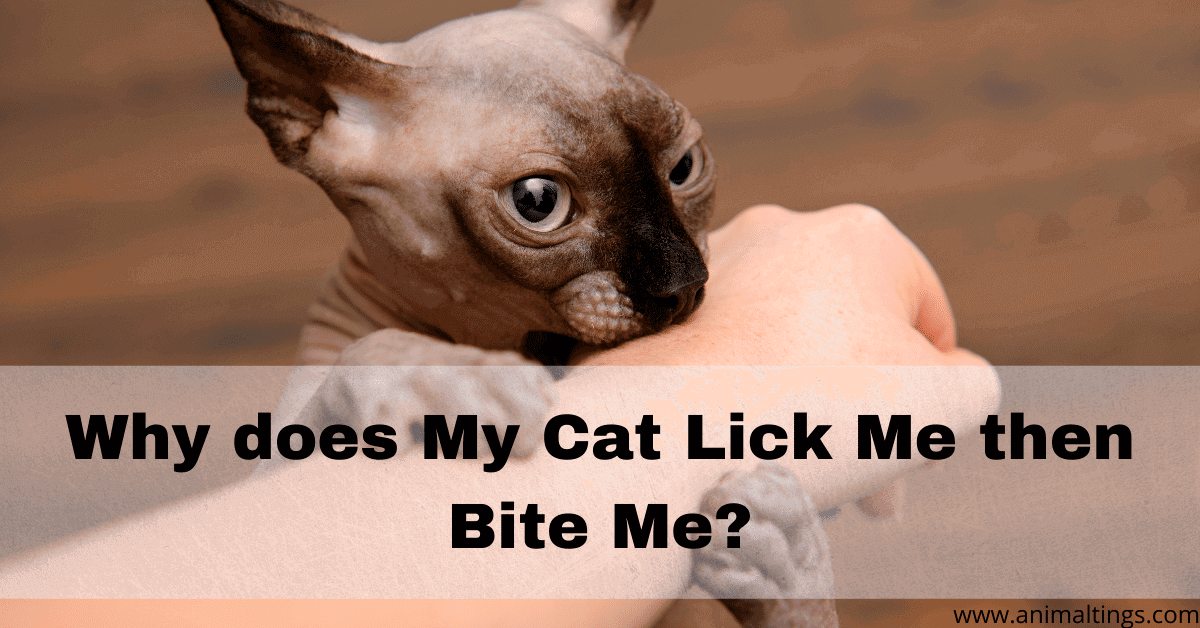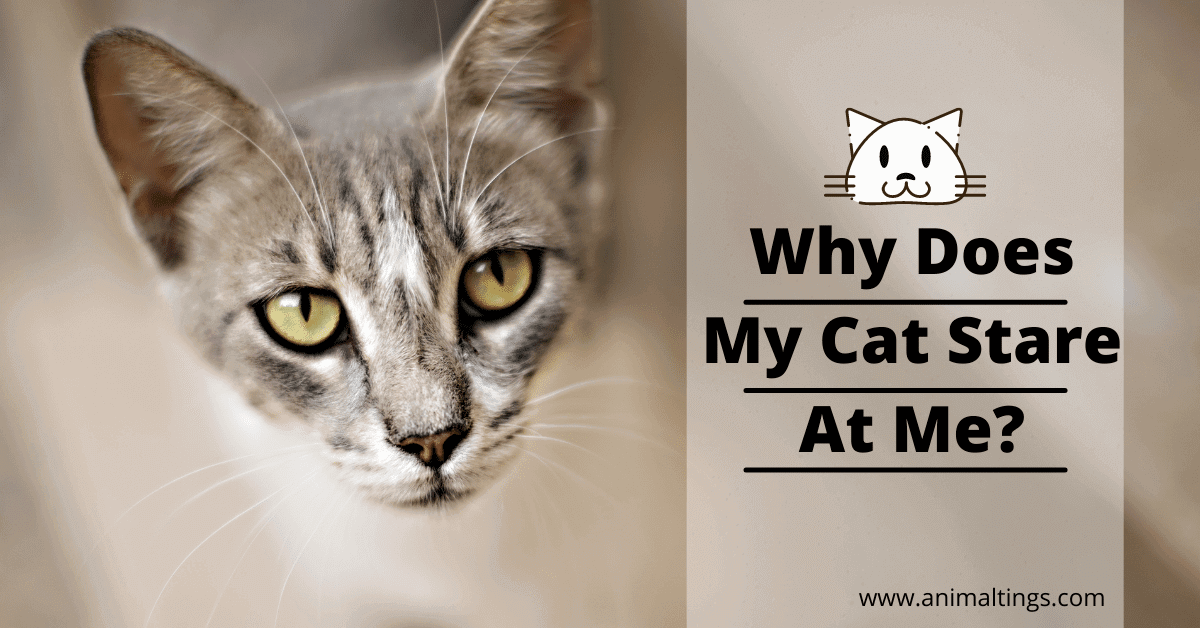If you’re a cat owner with a penchant for pesto, you might find yourself pondering a peculiar question: Can Cats Eat Pesto? While we often share our living space with these feline friends, not everything that pleases our palate is suited for theirs.
Table of Contents
Pesto Unveiled
Let’s start by unveiling the mysteries of pesto. Pesto, with its aromatic blend of basil, garlic, pine nuts, Parmesan cheese, and olive oil, dances on our taste buds like a culinary waltz. But what about our four-legged companions? Do they get a ticket to the pesto party?
READ NOW: Can cats eat honey?
The Feline Culinary Conundrum
Understanding a Cat’s Diet – Can Cats Eat Pesto?
To solve this culinary conundrum, we must first dive into the enigma of a cat’s diet. Cats are known carnivores, relishing in the hunt for meat. Their digestive system is crafted for proteins, and here’s where the plot thickens — pesto, with its kaleidoscope of ingredients, seems like a far cry from the carnivorous dreams of our feline friends.
Ingredients in Pesto
Let’s dissect the players in the pesto symphony:
- Basil: While basil might seem like a harmless herb, cats have a different take. It’s not that it’s a feline foe, but moderation is key.
- Garlic: Ah, the aromatic allure of garlic! For us, it’s a kitchen staple. For cats, it’s a red flag. Garlic can spell trouble, causing potential harm.
- Pine Nuts: These little nuggets add a delightful crunch to pesto. However, for cats, they might be more trouble than they’re worth.
- Parmesan Cheese: Dairy isn’t exactly a cat’s best friend. Parmesan, being a dairy derivative, could lead to an upset stomach.
- Olive Oil: While olive oil isn’t a no-go zone, it still raises questions. Cats need fats, but moderation is the name of the game.
SEE ALSO: Can cats eat Cornish hens?
The Perils of Pesto for Cats
Now, the million-dollar question: Can cats eat pesto? The answer isn’t a straightforward yes or no. Let’s navigate through the potential risks of serving your feline friend a spoonful of pesto goodness.
Digestive Dilemmas
Imagine your cat’s stomach as a delicate ecosystem. Introducing foreign elements like garlic and excessive fats can send their digestive system into a frenzy. Navigating this digestive dilemma requires caution.
Allergic Antics
Just like us, cats can have allergies. Pesto, with its medley of ingredients, might trigger an allergic reaction. Watch out for telltale signs like itching, swelling, or excessive grooming.
Toxicity Tango
Some ingredients in pesto, like garlic, can be downright toxic for cats. It’s like a culinary tango where missteps can lead to serious consequences.
Decoding Feline Feedback
How do you know if your feline friend is protesting against their unexpected pesto feast? The clues might not be as obvious as a disgruntled meow. Look for signs — immediate or delayed — that indicate your cat’s displeasure.
Safer Treat Alternatives
As we navigate this culinary maze, let’s not forget that cats deserve treats too. Opt for cat-friendly alternatives like bits of cooked meat or specially crafted cat treats. It’s a win-win — your cat stays happy, and you get to enjoy your pesto guilt-free.
READ NOW: Why does my cat lick me and then bite me?
Conclusion: Can Cats Eat Pesto?
In the grand scheme of feline culinary adventures, the verdict on cats and pesto is a cautious one. While a tiny taste might not spell disaster, making it a regular affair could upset the delicate balance of your cat’s diet.
So, can cats eat pesto? The answer lies in the delicate dance between curiosity and caution. As a cat owner, you’re the choreographer, orchestrating a diet that keeps your feline companion both happy and healthy. It’s a culinary waltz where every ingredient matters, and the harmony is found in moderation.
Bon appétit, both for you and your discerning feline friend!




